PPT-NEVER TOO LATE TO COMPLETE SCHOOL
Author : yoshiko-marsland | Published Date : 2015-09-16
Results of the UIS survey on adult education and literacy programmes in Latin America and the Caribbean UIS INFORMATION PAPER NO 15 OCTOBER 2013 A strong regional
Presentation Embed Code
Download Presentation
Download Presentation The PPT/PDF document "NEVER TOO LATE TO COMPLETE SCHOOL" is the property of its rightful owner. Permission is granted to download and print the materials on this website for personal, non-commercial use only, and to display it on your personal computer provided you do not modify the materials and that you retain all copyright notices contained in the materials. By downloading content from our website, you accept the terms of this agreement.
NEVER TOO LATE TO COMPLETE SCHOOL: Transcript
Download Rules Of Document
"NEVER TOO LATE TO COMPLETE SCHOOL"The content belongs to its owner. You may download and print it for personal use, without modification, and keep all copyright notices. By downloading, you agree to these terms.
Related Documents

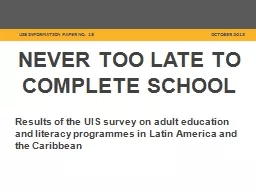

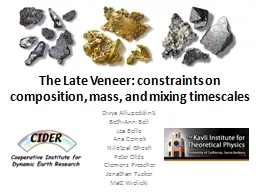



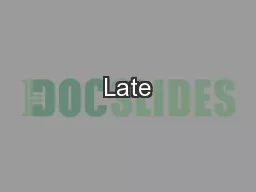


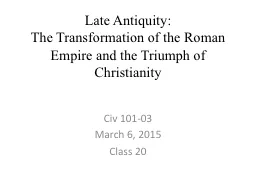
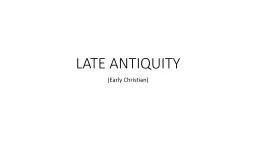

![[EBOOK] - Never Too Late to Learn: The Adult Student\'s Guide to College](https://thumbs.docslides.com/906552/ebook-never-too-late-to-learn-the-adult-student-s-guide-to-college.jpg)
